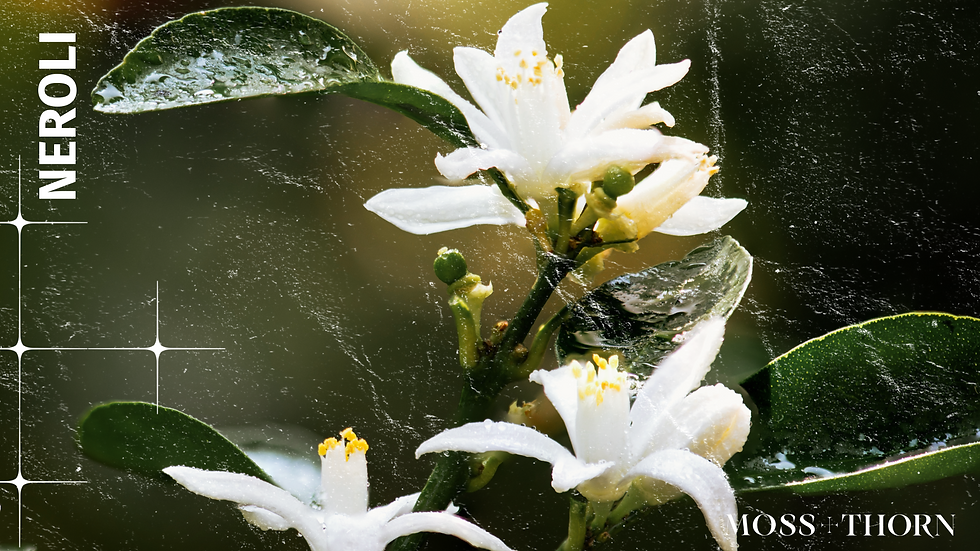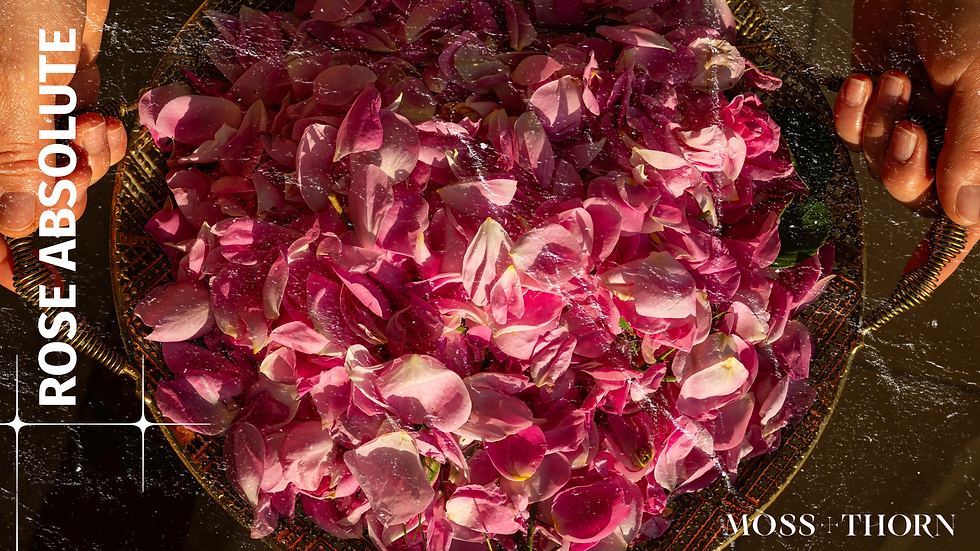Clary Sage
- Sarina Ehrgott
- Jul 7
- 2 min read
Clary Sage (Salvia sclarea) grows tall and fragrant in dry soil and warm sun, its spiked blossoms ranging from pale violet to dusty pink. The essential oil is drawn from its flowering tops and leaves—distilled in summer, when the plant is at its aromatic peak. Unlike common sage, clary is softer in scent and deeper in purpose. The name comes from clarus, meaning “clear”—a reference to its historical use for vision, both physical and inward.

Cultural Lineage + Ancestral Use
In medieval Europe, clary sage was called "clear eye" and used in poultices to soothe eye strain and redness. Herbalists from the Mediterranean to northern England turned to it for calming the womb, quieting restlessness, and restoring hormonal rhythm. The plant was also steeped in wine to awaken the senses and ease digestion. Clary has always balanced clarity with comfort—used in both reflection and revelry.
Medicinal Properties
Clary Sage is known for its hormone-balancing properties, particularly in relation to menstrual cycles, menopause, and emotional fluctuations. It is antispasmodic, making it helpful in abdominal massage oils or bath blends for cramps and tension. Aromatically, it soothes anxiety, quiets overactivity, and supports deep rest. On skin, it offers gentle antibacterial and anti-inflammatory support—suitable for oily or reactive skin types when properly diluted.
Aroma Properties
The scent of clary sage is complex—herbal and floral, with an almost tea-like brightness that mellows into soft musk. In perfumery, it acts as a connector—bridging light and deep notes without flattening them. Its character is steady but adaptable: a quiet deepening rather than a dominant tone. Used on its own, it invites inward gaze, intuitive clarity, and a sense of warm grounding.


